Did you know that up to 30% of the energy used in an average home is wasted? Talk about expensive! Check out these tips on how to improve the energy efficiency of your tiny house.
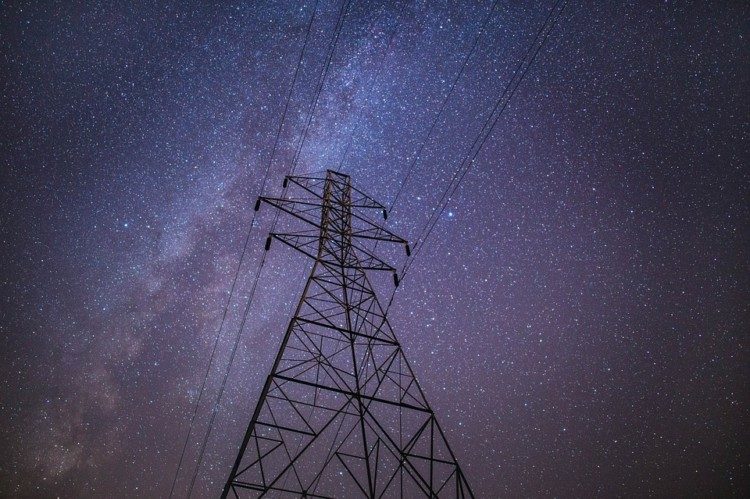
Top 10 Tips for Using Less Electricity While Saving Tons of Money
10. Consider passive solar design techniques
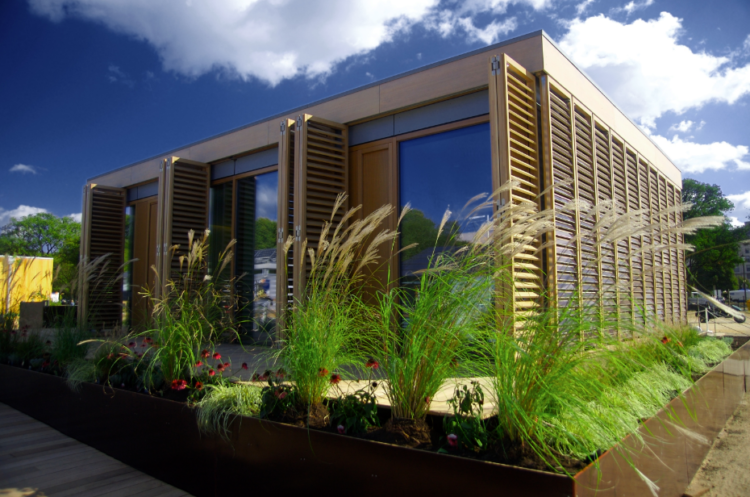
If you’re considering having a custom tiny house built for you, or you’re building your own, then you’ll definitely want to implement your energy saving strategy during the design stage. Passive solar design relies on natural solar thermodynamics to heat a home in the wintery season and still keep it cool when the summer sun is blazing. Getting started now could really save you a bundle over time in energy savings.

Don’t think it’s too late, though, if your tiny house is already standing. Something as simple as drawing a shade over a south-facing window can radically reduce the internal temperature of a small space.
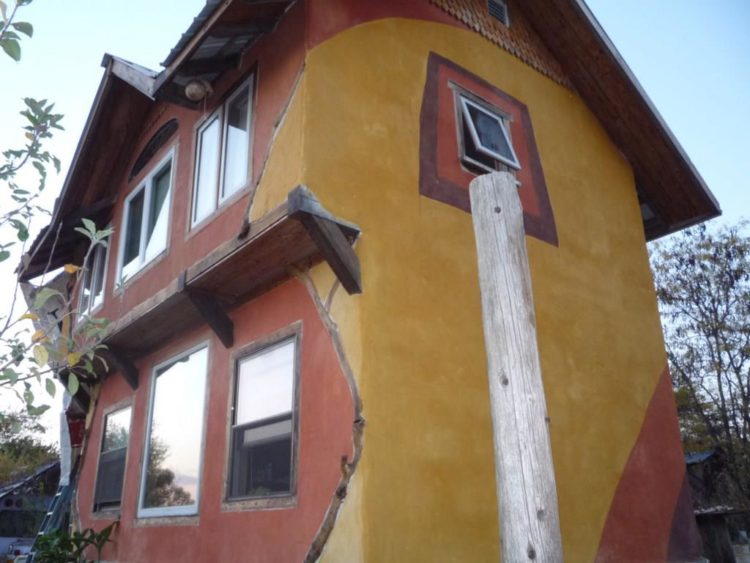
To learn more about passive solar design, check out this article. And if you really want to get into advanced energy saving design ideas, take a few minutes to watch this excellent video.
9. Seal your air gaps
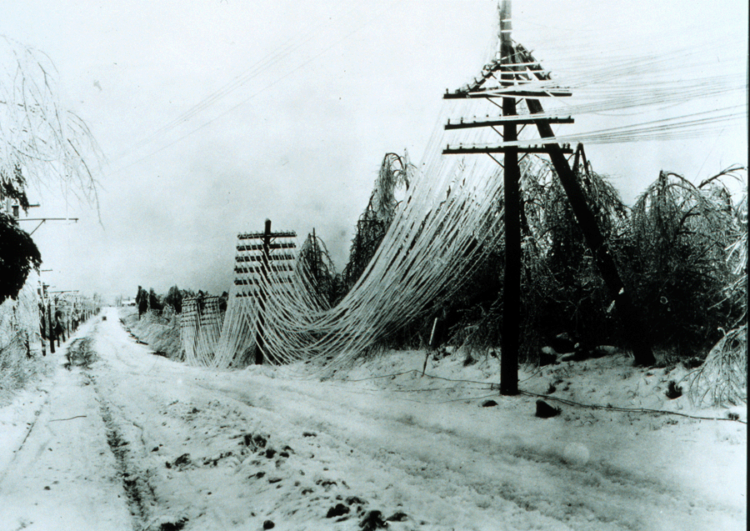
Every year, Americans let $13-billion worth of energy leak out of their houses, through small pinholes and narrow cracks that are easily overlooked – that comes to about $150 per family, per year. (What could you and your family do with $150?)

For example, a 1/16th inch crack in a window billows the same amount of air as a window left open at just three inches wide. That means your warm air is escaping in winter and warm air is invading your home in summer.
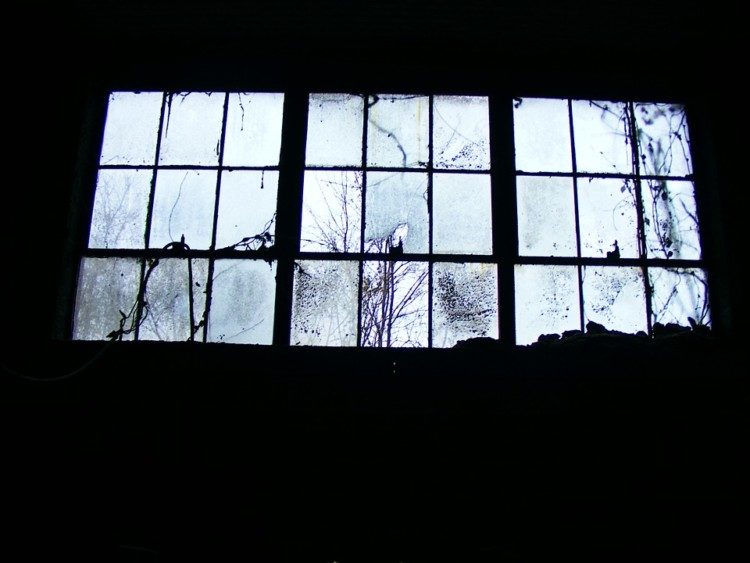
Fortunately, the solution is pretty straight-forward. Undergo a throughout inspection of your home and ensure that all the cracks are sealed with caulk or some kind of joint compound; focus on areas where to pieces of material come together, especially if they are made of two different substances. Metal flashing around a window, for example, will expand and contract differently with the weather than will a wooden board, leading to gaps and unwanted air flow.
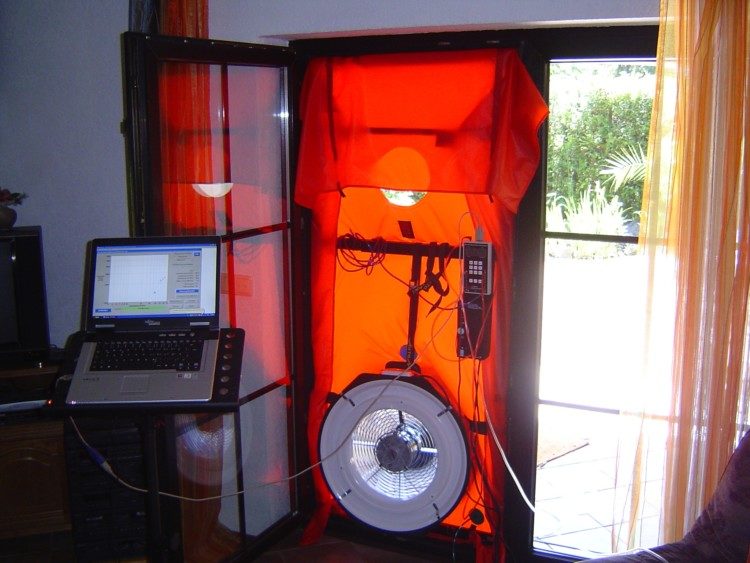
If you really want to get on the ball, consider having the experts come out and perform a blower door test on your home. Basically, they’ll rig a fan in your doorway and calculate how leaky your home is. You might be surprised to realize that you have the equivalent of a cannon-ball hole in your wall, while your house seems to be airtight to the naked eye.
8. Use a programmable thermostat
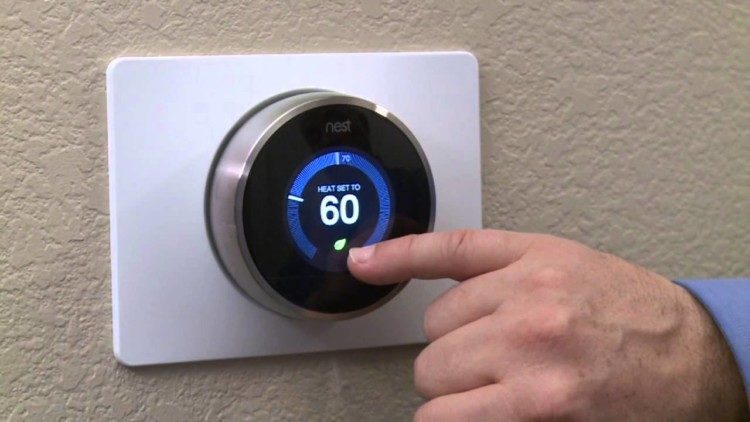
Heating and cooling with electricity is common in the tiny house movement, because folks want to live on the road, or because they don’t want a massive woodstove taking up a whole corner of their little home. By installing a programmable thermostat and setting it to adjust the temperature automatically at certain intervals, you could save as much as 15% on your energy bill.

How? Firstly, your thermostat will sense when the desired temperature has been reached and turn of your system; this way you don’t have to babysit it, and you won’t accidentally heat or cool your home excessively. Secondly, you can program it to turn on and off at certain times, such as when you know you will be at work, or when you are customarily sleeping. Small, strategic shifts of three or four degrees here and there add up over time.

By the way, don’t place a lamp, or any electronics right beside the thermostat sensor. This will trick your system into thinking the room is warmer than it actually is.
7. Swap out your bulbs, (and I don’t mean tulips)
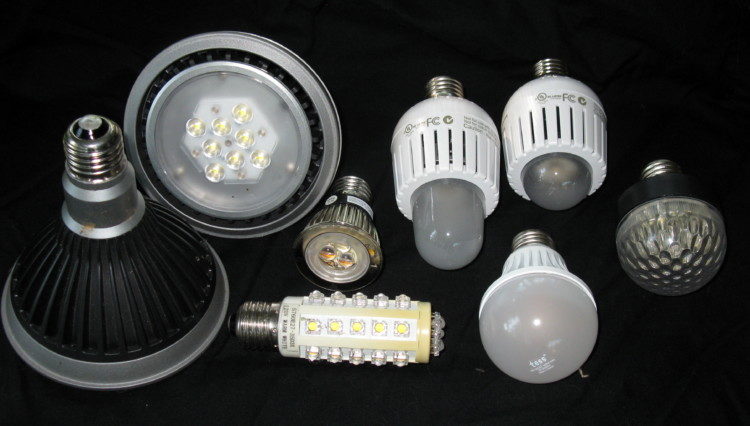
I know, you’ve heard this before, but it bears repeating. 10% of home energy costs come from routine home lighting. By changing all your bulbs to LEDs, you’ll use as much as 75% less juice, and while they cost more than the compact fluorescent bulbs most of use nowadays, they last considerably longer, leading to an overall savings over time. Plus, you can get them in a wide range of awesome colors, or even some you can program to throw strobe lights and other effects on your house. Wouldn’t it be cool to have a party at your fingertips at all times?
6. Give your HVAC system some TLC
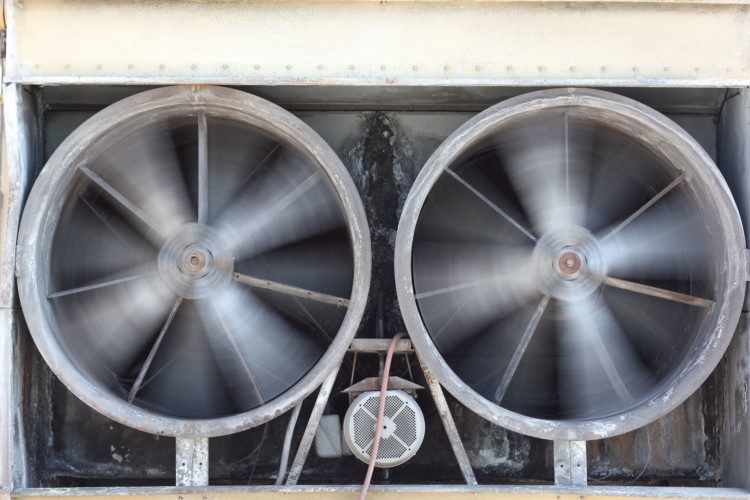
Even a tiny house needs ventilation, which is usually installed in the form of ducts, vents and filtered forced air systems. Ensure that your ductwork is well insulated and properly sealed – if you need help figuring this out, call in a local BPI certified technician.
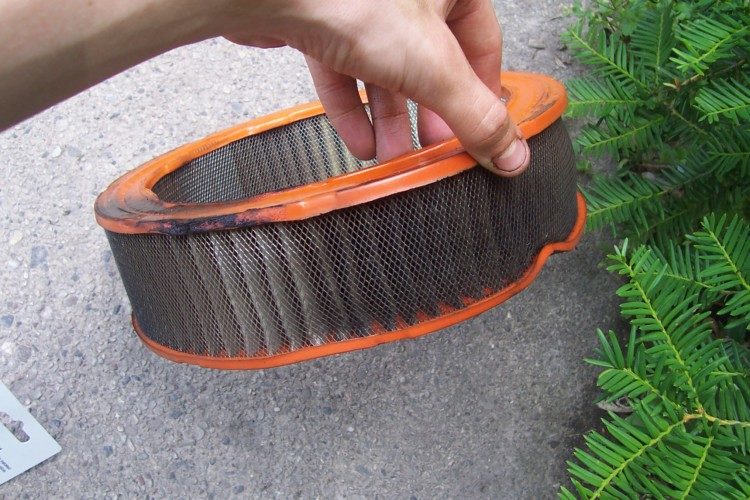
Make sure to regularly clean out your system filters, ducts and so on, as well. A vacuum with a hose attachment works great for this, most of the time. This will do wonders for your allergies, while helping your systems to work cleanly and efficiently. C L E A N spells big energy savings.
5. Purchase energy star appliances

In the USA, household refrigerators consume the combined electricity output of 25 large power plants every year. Imagine if everyone switched to energy-smart models…
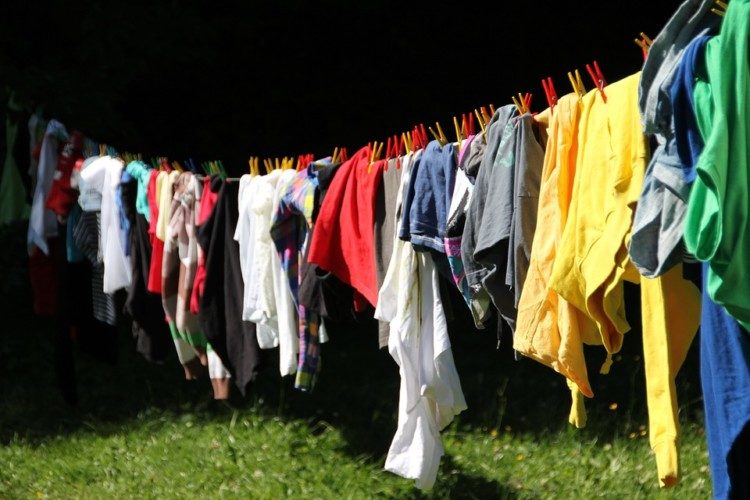
And the savings doesn’t stop with electricity. An energy star washing machine for instance, in addition to using less electricity, can save in one year as much water as a person will drink in their entire lifetime. Of course, you should also hang your clothes to dry outside on the line. You haven’t experienced soft until you’ve put on a pair of freeze-dried fleece pajamas.
4. Install a ceiling fan

Turning on a ceiling fan means you can adjust your thermostat up to 5 degrees cooler in winter, or 5 degrees warmer in summer. Sure, the ceiling fan will pull some juice, but not nearly as much as it takes your HVAC to cool your space by that amount.
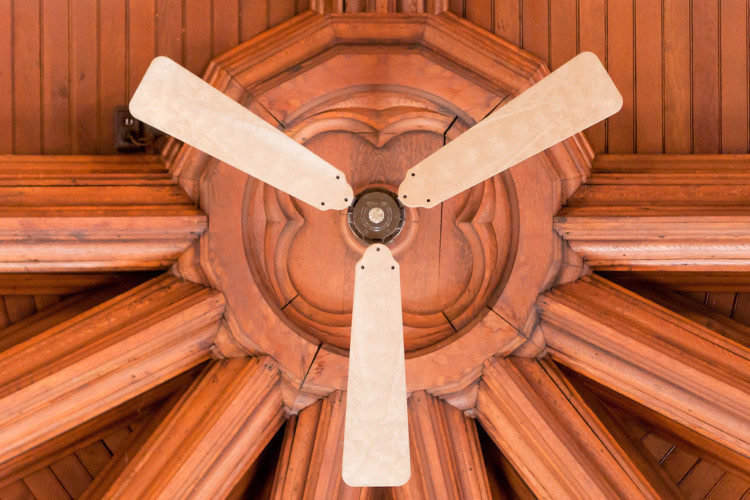
Just make sure your fan is rotating in the correct direction for the season you’re in: downward/counterclockwise in summer. upward/clockwise in winter to redistribute warm air. And be careful when you place whoops-a-daisy with the baby…
3. Cook with that thing you bought from the late-night infomercial

Counter-top devices are generally way more efficient than a full-sized oven/range. An electric toaster oven, for example, typically uses less than a third of the electricity burned by an electric oven.

Side benefits include huge space savings, and a reduction in ambient heat introduced into your home, which will make dinnertime much more pleasant in July. Besides, did you really need another excuse to pull out the fondue pot?
2. Get a laptop

How would you feel if you suddenly lost a 100-dollar bill? If you’re like me, you’d be sick to your stomach for a week. Well, I’ve got some bad news for you: according to the US Department of Energy, the average American spends $100 a year in energy, because they leave their computer on all day. An average desktop idles at around 80 watts, versus just 20 for a laptop. Putting your machine in sleep mode when you aren’t using it will also go a long way to reducing your daily power consumption
1. Exorcize your phantom load
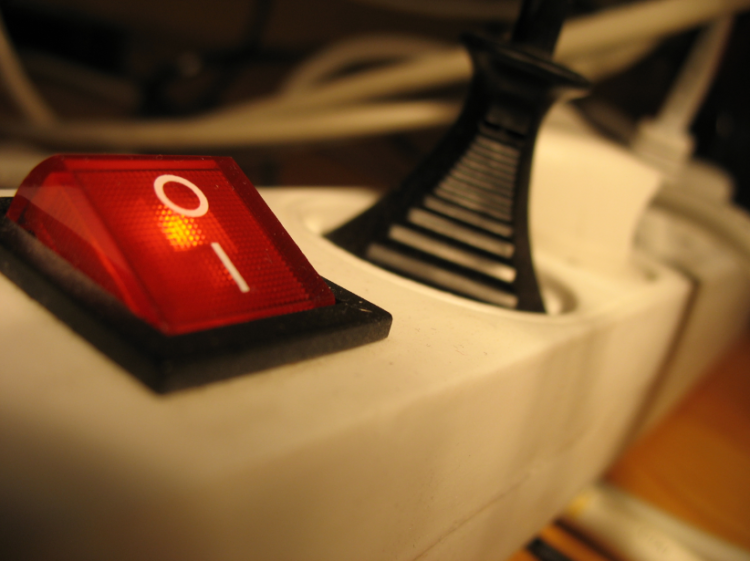
A Play Station 3 video game console idles at 200 watts. In other words, you’re drawing that much juice even if the thing is switched off. All electronic devices have this low-level power draw when they aren’t being used, and it’s part of what is known as a phantom electricity load – electricity that is being used when it seems like it shouldn’t be.
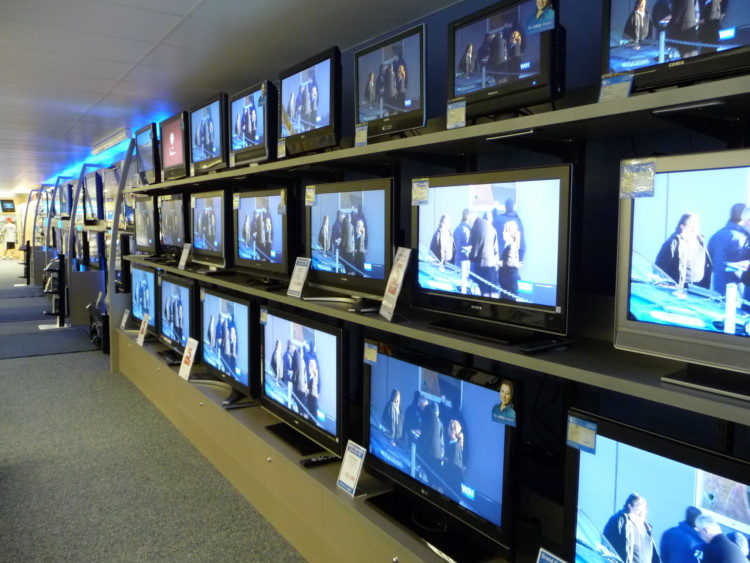
Televisions are among the worst culprits, because manufacturers design them to turn on instantly, so customers don’t have to wait a minute or two for the screen to warm up. According to the US Department of Energy, all the TVs in the USA consume the energy of a nuclear power plant each year… while they’re turned OFF.

Happily, all you have to do to exorcize these energy sucking poltergeists from your home is connect all of your electronics to power strips, and turn them off whenever you aren’t home, and when you go to sleep.
Bonus: Be mindful of the energy embodied in the things you use
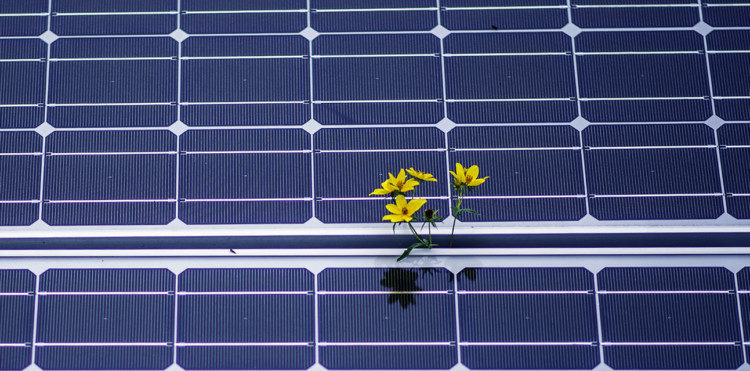
Getting serious about saving energy, from an ecological perspective, means factoring in the energy used to manufacture, package and ship all the things you consume. This year, some 285,000 new computers will be sold. Making them spends the electricity produced by burning the equivalent of 25-million tons of fossil fuels – more than the state of Iowa uses in a whole year. This is one of the reasons why the US uses 23% of the world’s energy, despite having only 5% of the global population.
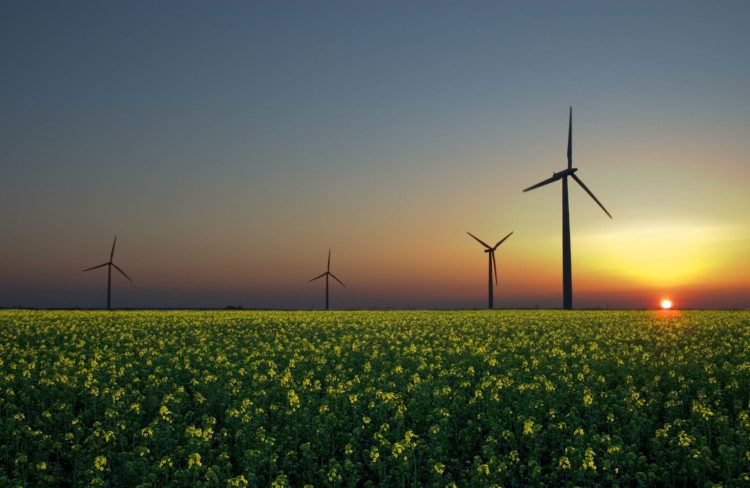
If you’re concerned about your environmental impact, and living in a tiny home is part of your strategy to live more sustainably, then consider spending some time in the eco-village where I live. In addition to seeing more than a dozen different styles of tiny houses all in one spot, you can learn a lot about energy conservation, natural building techniques, and so much more. Click here to schedule a visit sometime soon.
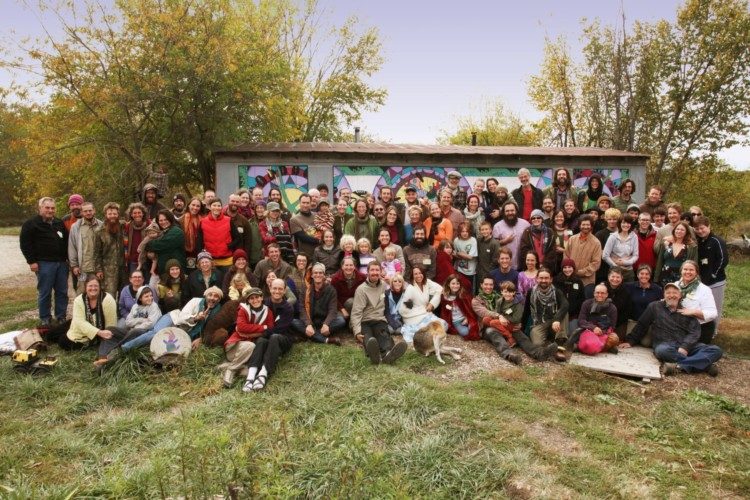

Very useful tips to remember here, thanks for sharing!
These are great tips, and I especially like the last one on your energy idle draw. I was shocked when I researched how much power we use on a daily basis, when we didn’t even think we were using power. I would also add as a recommendation to research and purchase appliances that are low energy. Appliances like fridges, chest freezers, pool pumps, vacuums – its hard to believe how much energy they can use up! Thanks for a great article 🙂
Excellent tips! Air graps and bad insulation have been among the biggest we’ve seen since we’re in the local real estate niche here in Houston. Aside from that, having a smart thermostat has definitely helped not only keep the temperature where we want it, but reduce wasted energy when we’re not around or just not needing the cooling throughout the entire night.
I liked how you mentioned that getting a ceiling fan can adjust your thermostat by 5 degrees. My wife and I are renovating our home and we were wondering how we can save on our energy bills. I’ll be sure to tell her that we should consider installing a few ceiling fans into our home.